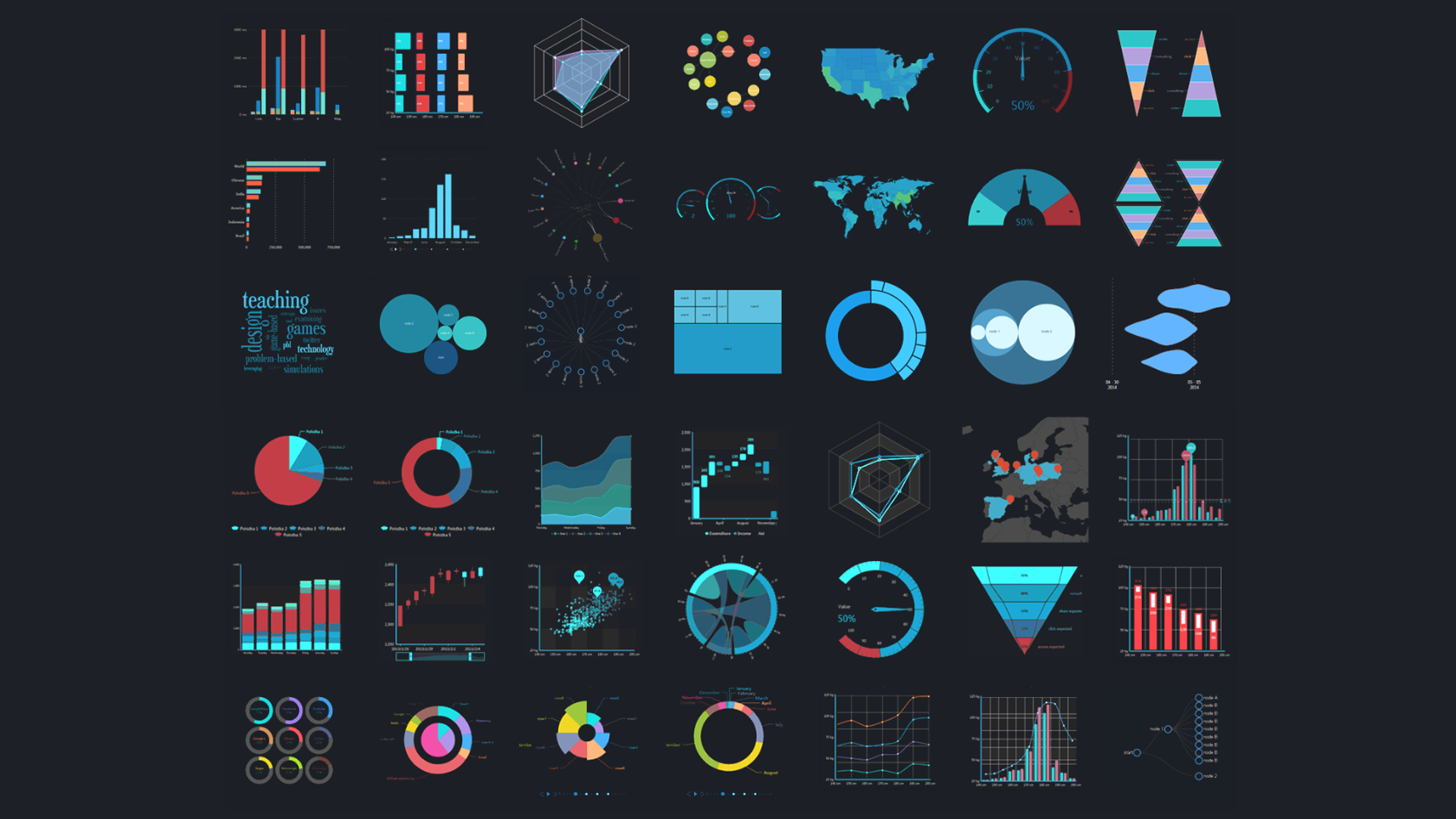Grading Policy
The course requirements include: (1) 2 assignments, (2) a mid-term exam, (3) an individual project, and (4) CTE.
- Assignment x 2: 30% (15%+15%)
- Mid-term Exam: 30%
- Individual Project: 38%
- CTE: 2%
Grading Scale
- A 100-93
- A- 93-89
- B+ 89-83
- B 83-79
- B- 79-75
- C+ 75-72
- C 72-69
- C- 69-66
- D+ 66-64
- D 64-62
- D- 62-60
- F 60-0
Project Theme
Final Project is an opportunity for you to apply what you have learned in class to a problem of your interest in visualization.
The first step will be to propose a project. We have two options for you below. If you pick option 1 (going with a suggested topic), then your project proposal only needs to let us know which topic you picked.
If you go with option 2 (your own idea for a project), then you will need to write a short doc proposing what you will do (details below under the Option 2 secton).
Option 2: Your own project.
You could select a topic in visualization that interests you most and work on it as your course project. Potential projects could be based on applications, representations and interactions, and analytics and decisions:
Applications: You would apply the techniques of visualization to some specific applications with your background and interest, such as visualizing graphs for understanding information propagation.
Examples include HiPiler: Visual Exploration of Large Genome Interaction Matrices with Interactive Small Multiples, Bridging From Goals to Tasks with Design Study Analysis Reports, and Lineage: Visualizing Multivariate Clinical Data in Genealogy Graphs
Representations and Interaction : You will focus on the design of visual representations and interaction techniques for different types of data, users, and visualization tasks, such as designing new visual encoding and interaction techniques.
Examples include The Good, the Bad, and the Ugly: A Theoretical Framework for the Assessment of Continuous Colormaps, Visualization by Demonstration: An Interaction Paradigm for Visual Data Exploration, and Timelines Revisited: A Design Space and Considerations for Expressive Storytelling
Analytics and Decision: You will focus on the design and optimization of integrated workflows for visual data analysis, knowledge discovery, decision support, machine learning, and other data intelligence tasks, such as using interactive visualization to improve the trust, interpretability, understanding of machine-centric processes and their underlying models.
Examples include Exploring Multivariate Event Sequences using Rules, Aggregations, and Selections, Supporting Analysis of Dimensionality Reduction Results with Contrastive Learning, and TPFlow: Progressive Partition and Multidimensional Pattern Extraction for Large-Scale Spatio-Temporal Data Analysis
Please clearly specify and justify: (1) what will be the approach; (2) why is it interesting; (3) how will you evaluate success. You could take a look at the examples provided in the course for some inspiration.
Report
The report should be about 4 pages for DDA3003, and 6 pages for MDS6112, including references within 1 page. The report should be in IEEE VIS Short Paper format.
It should be structured like a research paper, with sections for Introduction, related work, the approach/algorithm, experimental results, conclusions and references.
You should describe and evaluate what you did in your project, which may not necessarily be what you hoped to do originally. A small result described and evaluated well will earn more credit than an ambitious result where no aspect was done well. Be accurate in describing the problem you tried to solve. Explain in detail your approach, and specify any simplifications or assumptions you have taken.
Also demonstrate the limitations of your approach. When doesn’t it work? Why? What steps would you have taken have you continued working on it? Make sure to add references to all related work you reviewed or used.
You are allowed to submit any supplementary material that you think it important to evaluate your work. The report should be self-contained.
Grading Policy for Project
Final project occupies 38% of the course grade. The following is the weight:
Abstract (3%)
Introduction (3%)
Related work (3%)
Approach (and technical correctness) (10%)
Experimental results (and technical correctness) (8%)
Conclusion (2%)
References (2%)
Overall clarity of the report (4%)
Reproducibility: can the work be reproduced from the information given in the report? (3%)
The project score will be halved to the students who don't follow the given template to write the project report.
Enrollment
Up to 60 Students for DDA 3003 and up to 60 students for MDS 6112.
Class Format
Each week, there are 2 lectures.
No tutorial is offered.
Getting Help
If you have a question, to get a response from the instructor and TAs quickly we strongly encourage you to use email for discussion. For longer discussions and to get help in person, we strongly encourage you to come to office hours. You can also reach out to us via email using the course staff mailing list.
Late policy
There are NO late days for assignments.
Add Policy
All students who want to take this course are required to attend the course. If you are on the waitlist and want to take the course, you should show up and participate from the beginning. Students who have attended all class sessions will be given waitlist priority.
Related Courses
Related courses at other universities that you may also find interesting:
A few of the course topics overlap with different parts of related courses.
Acknowledgements
This webpage is based on the website for CS231N. We thank Andrej Karparthy, who designed the CS231N website.


